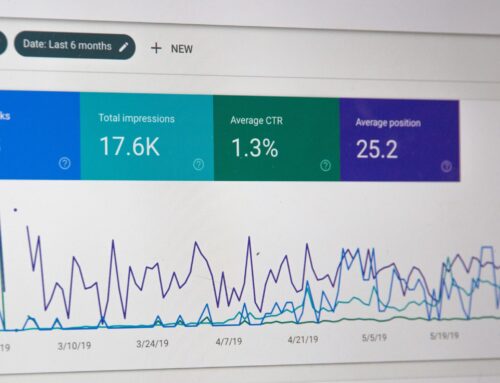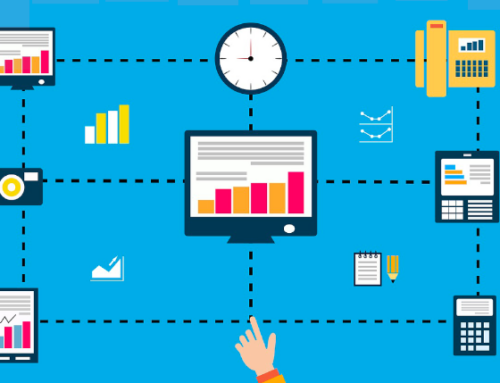 From Ted Talks, to business meetings, to classrooms, many people are discussing the question of how gamification improves engagement. Whether you’re looking to apply a new learning strategy, or just curious about the subject, you’ve likely asked the question yourself. And to start the process of appropriately answering it, let’s unpack what gamification even is.
From Ted Talks, to business meetings, to classrooms, many people are discussing the question of how gamification improves engagement. Whether you’re looking to apply a new learning strategy, or just curious about the subject, you’ve likely asked the question yourself. And to start the process of appropriately answering it, let’s unpack what gamification even is.
What is Gamification?
Gamification is the process of applying gaming elements into non-game contexts. It comes from the theory that people are more likely to perform better if their progress is tracked, and they have some sort of incentive or competition. Gamification is all around us. You see it when your favorite coffee shop offers you reward points every time you make a purchase. Or when your elementary school teacher used to give out candy to the highest scoring test-taker.
A successful eLearning course is built from the knowledge that learners need a high-quality experience in order to stay engaged. What this means is that doing the bare minimum simply won’t cut it. Let’s say you wanted to teach a group of people about recycling, what are your options? A fantastic course could be one that lets users play a low stakes simulation that awards badges once they’ve completed a section and compares their scores with others. This is the type of gamified learning that is sweeping the modern world. This new wave came from the theory that gameful experiences are a great way to absorb information.
The Psychology of Games
Since gamification seeks to use the positive aspects of gaming, we need to know what those are and how we can mimic them.
Studies have shown that the human brain can be forced into a state of increased concentration, as a result of playing an immersive game. This state can make learning new concepts much easier. This fact is why you might want a recycling simulation, rather than a handout. But how do we create an experience that is able to fully immerse the user? Thankfully, researchers have already worked extensively to show us just that.
Roger Caillois stressed the importance of healthy competition when playing a game. This healthy competition needs to be challenging enough so that the user is not bored, but simple enough that they’re not overwhelmed.
Mihaly Csikszentmihalyi also gave some tips on how to make sure the user is fully absorbed. Two of his eight steps are things that any good gamification program should take note of:
1) Making sure there are clear goals
2) Making sure the experience is rewarding
In order to be immersed, the user needs to know what they are doing and why they are doing it. Once these are clear, then all the neat tools of gamification are ready for action.
These tools, such as points, badges, ribbons, leaderboards, and rewards, have also been studied by researchers. All these elements rely on the brain’s want for positive reinforcement. For example, if points are awarded when a user does well at a useful task (i.e. more sales), then they can climb up the leaderboard. If they rank highly then they can be rewarded with a “sales master” badge. All these steps encourage the brain to keep going by giving boosts of dopamine. These boosts give pleasure, and so the brain wants to keep doing the task that rewarded it.
Gamification and eLearning in the Workplace
So how does gamification apply to your learning? Let’s look at a popular real-world case, McDonald’s till simulator. Before new employees are put to the test working the counter in front of customers, they get to practice the same process virtually. This is a big help because the alternative is usually a series of onboarding videos or click-to-continue lessons. Now, employees can interact with the program and virtually involve themselves in real-life situations.
This competent learning system means that users can be mostly left to train on their own and at their own pace. Once they receive a badge for a section, they know that they are qualified, while also getting some dopamine to go along with it. Such a program also removes some human error from the training process, as all new employees will learn the till the same way.
 Here at Digitec, we worked to create a similar training scenario with gamified elements. This program was also created to better train employees. Here you can see a virtual simulation that tasked new recruits with figuring out how to improve customer satisfaction.
Here at Digitec, we worked to create a similar training scenario with gamified elements. This program was also created to better train employees. Here you can see a virtual simulation that tasked new recruits with figuring out how to improve customer satisfaction.
In this game, the user has to make choices from among the four employees in order to best help customers. The aim is to change the red dots – which represent unhappy customers – into green ones. Doing so raises the “show” and “efficiency” bars on the right-hand side. After a choice has been made, the game explains why that move was either positive or negative. Once the section is complete, the final standings of the two bars are saved so the employee can see how well they did. This game uses the aforementioned gamification tools, thus making the user more engaged in the material.
This all sounds well and good, but how do we know that it works? Researchers have tried to answer that very question, and a study by PLOS ONE has gone the furthest so far. In it, they looked to answer the question, “Does gamification increase engagement with online programs?” They reviewed all related scholarly sources they could find that had acceptable methods and sample sizes. From there, they combined the findings of all the studies into their own charts.
Their conclusion was that gamification did, in fact, improve overall engagement. Four studies measured engagement by the amount of visits the user made to the program, and three saw significant improvements. The best news for employers is that they found clear improvements in the volume of contributions made, and in overall performance. Three of the studies they collected measured performance on a knowledge test, and all three showed a significant positive effect.
What to Take Away
One thing is clear, gamification is a growing strategy and is definitely here to stay. Research has already shown the many ways in which a learning experience can benefit from becoming gamified. The process is so effective because it is an immersive, mentally rewarding, and efficiency-enhancing experience. It has many different forms, but at its core, gamification needs to:
- Let the user know what they are doing and why
- Provide the user with constant feedback
- Reward the user for excelling in useful tasks
The ways in which these steps are implemented can range from a customer loyalty program to a fully immersive simulation. At the end of the day, it depends on what your goals are and what tools you have available. If you have the means, then why not gamify your workplace? Your employees, customers, and bottom line might be more thankful for it.
Want to explore the case for using games? Download our whitepaper: Gamification Whitepaper.




